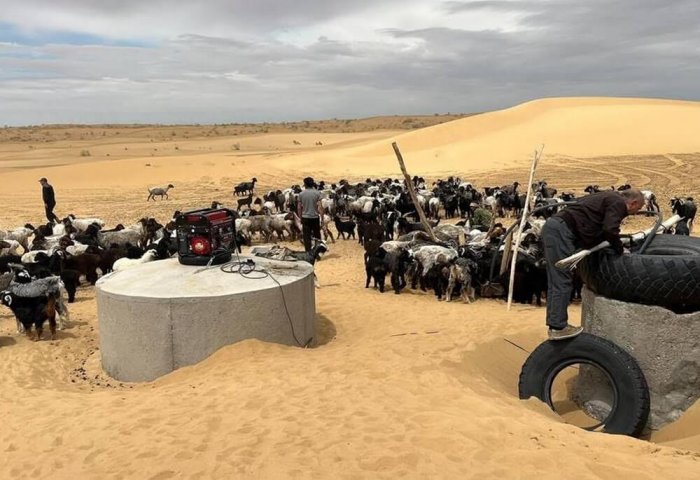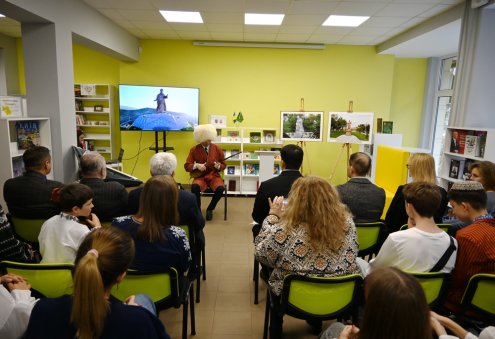The new wells and sardobas, the traditional water reservoirs, are being built in Turkmenistan’s Garagum Desert. Recently Integrated Natural Resources Management in Drought-prone and Salt-affected Agricultural Production Landscapes in Central Asia and Turkey (CACILM2) project has built 10 wells and 10 sardobas to provide water to livestock farms and people in desert communities.
The wells ensure uniform watering of the rangelands and the sardobas provide water for the livestock farms and desert communities. They allow to use the underground water for uniform watering and preserve desert pastures from overgrazing and degradation, the Food and Agriculture Organization of the United Nations (FAO) said in its Thursday press release.
One well provides water to about 0.7-1.0 thousand hectares of pastures and a flock of 150-220 sheep. Six wells and six sardobas were built in the Baherden district of Ahal province, and two wells and two sardobas were built in the Dashoguz and Lebap provinces, respectively.
The Garagum desert is one of the largest in Central Asia and occupies almost three quarters of the territory of Turkmenistan. It exceeds the territory of such countries as Great Britain, Italy and Norway.



30635-495x4352.jpg)




30457-495x4352.jpg)
30635-90x604.jpg)




30625-90x604.jpeg)
_(1)30624-90x604.jpg)


